Harvesting & Using Raspberry Leaves
Raspberry leaves are so easy to harvest, dry, and turn into tea!
You can pick leaves any time they are green and fresh looking – I’ve been picking a few small handfuls this week, in anticipation of an upcoming hard frost.

Picking the Leaves:
Inspect your raspberry bushes before you start selecting to pick. You want leaves that are fresh, young, and green- you can see an example of this in the image above! The stems on these will also be colored green.
Leave the older leaves, the more faded ones. They’ll sometimes have brown, tougher stems. You also should skip over any you see with bug bites or signs of common plant diseases, like powdery mildew.
Use scissors when harvesting, to avoid prickling your fingers while collecting leaves.
To dry the leaves:
Once collected, you just air dry them on a clean towel or drying screen for several days until completely dry & a leaf crumbles easily in your fingers. You could also use a dehydrator turned to low (95 to 100 degrees F) for several hours.
Keep the leaves whole, if possible, to help with longer shelf life and store in a brown paper bag or jar, out of sunlight.

To make the tea:
Finely crumble up dried leaves until you can fill 1 to 2 teaspoons, place in a heatproof mug, cover with 1 cup of boiling water, steep for 5 to 10 minutes, then strain, sweeten to taste, and enjoy!
The tea is mildly astringent (drying, tightening), so start with a small cup and see how you enjoy it, working up to one to two cups per day.
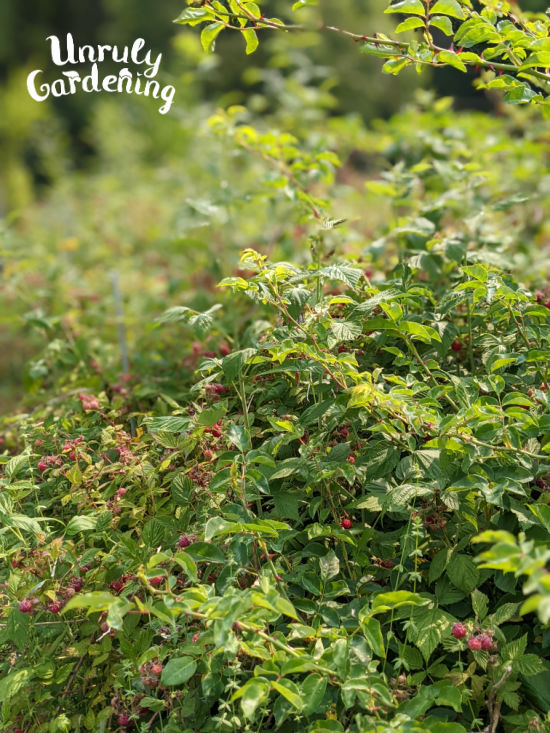
Raspberry leaf tea is used:
- as a mouth rinse for sore gums and canker sores,
- to dry up copious amounts of clear discharge that comes along with allergies,
- as an intestinal tonic for mild diarrhea,
- to ease painful menstrual cramps,
- and is used by pregnant women in the third trimester to prepare the uterus for labor.
(As always, consult with a qualified healthcare provider for specific personalized advice!)
Red, purple, or black raspberry leaves can be used; it’s generally thought that the good compounds we want have been bred out of yellow or golden raspberries.
Don’t have plants growing nearby? Mountain Rose Herbs carries dried organic raspberry leaves.
References & Further Reading
Groves, Maria Noel. Grow Your Own Herbal Remedies. Storey Publishing, North Adams, MA. 2019. Print.
Wood, Matthew. The Earthwise Herbal Volume II. North Atlantic Books, Berkley, CA. 2009. Print.
Our articles are for information and idea-sharing only. While we aim for 100% accuracy, it is solely up to the reader to provide proper identification. Be sure to seek out local foraging classes and plant walks, and invest in foraging guides suitable for the area you live in, since some wild foods may have adverse effect.

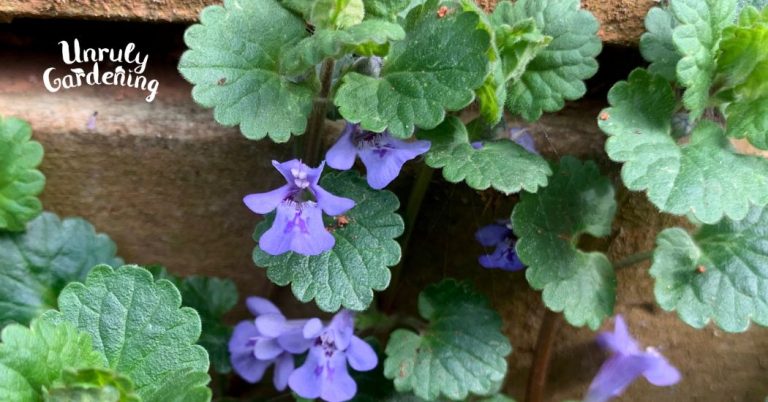
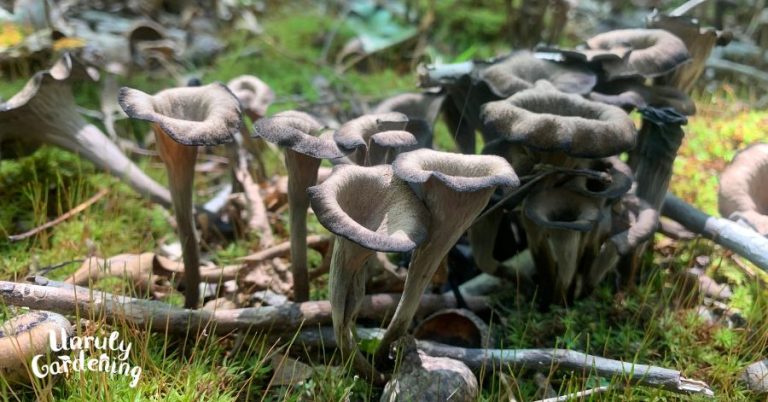
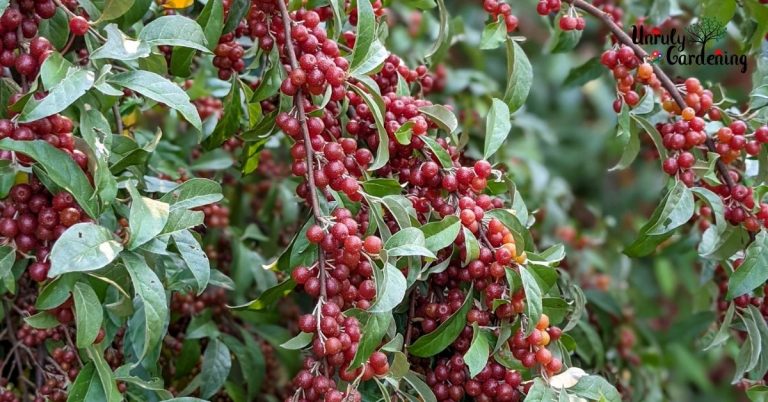
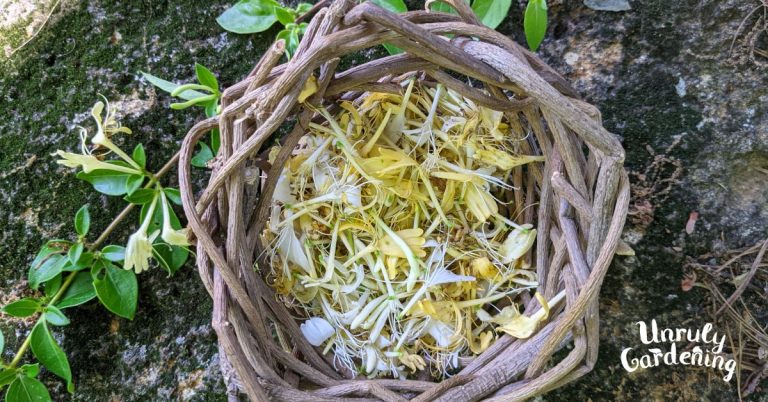
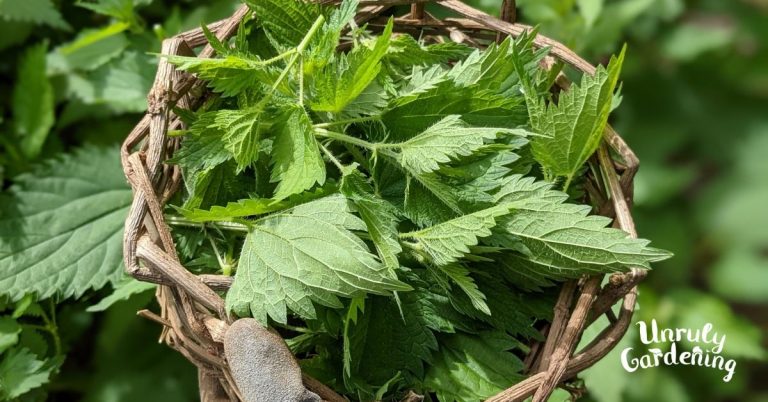
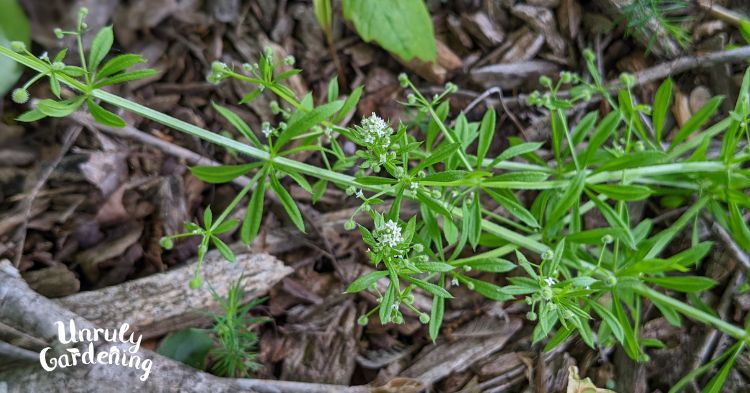
Excellent and informative article about raspberries.
The young raspberry leaves have such a wonderful scent and I didn’t know what to do with them.
Thanks for this and all articles of Unruly Gardening. These articles are always very detailed in information.
take care
Maria
Hi Maria, I’m so happy to hear that you enjoyed the article about using raspberry leaves!
I appreciate the kind words about the site information too! 🙂